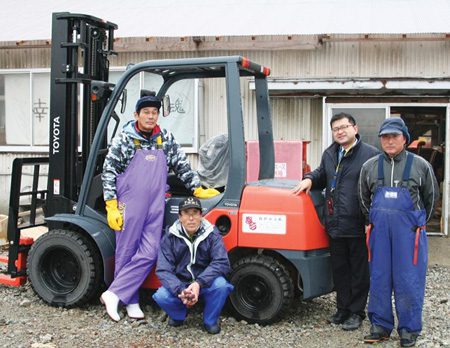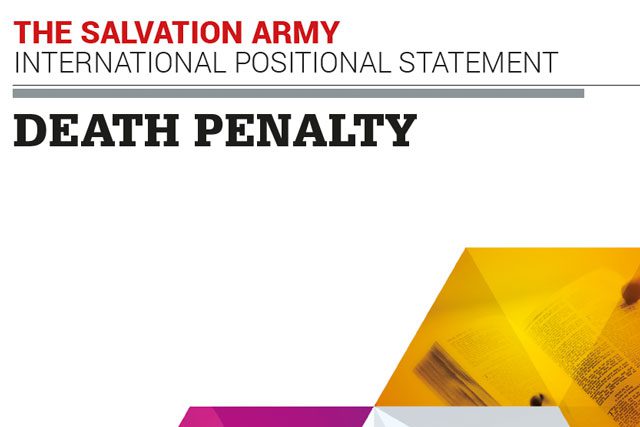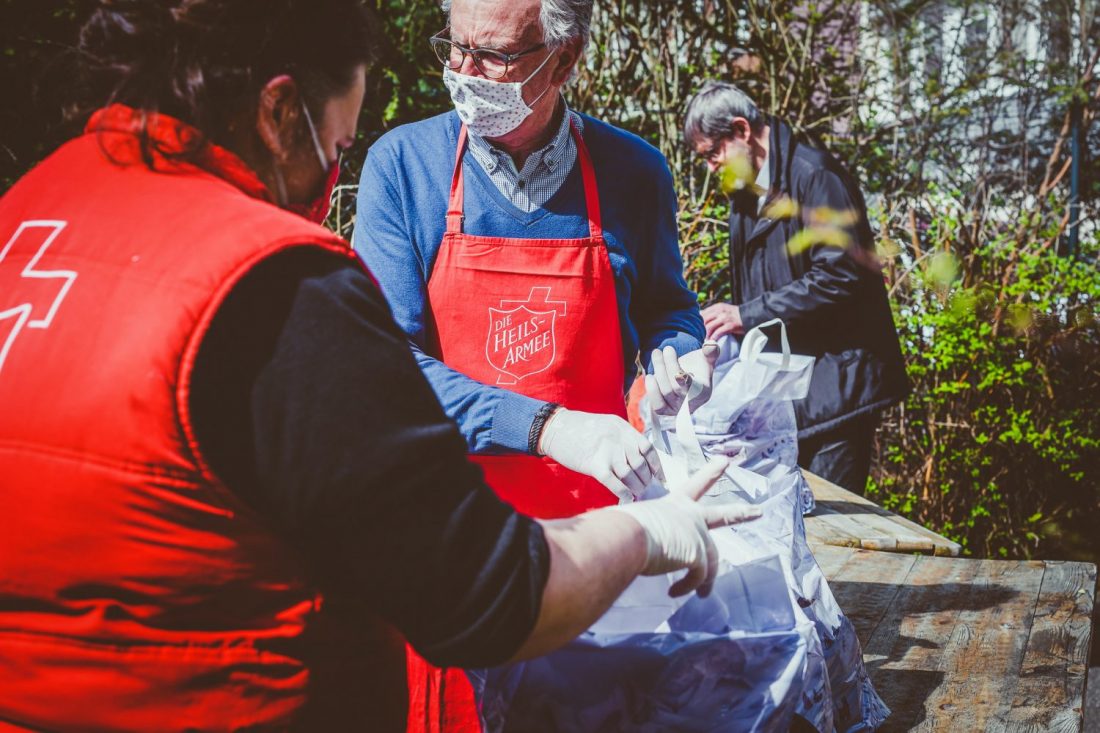
Photo courtesy of National Headquarters
Japan tsunami recovery continues with help from The Salvation Army.
By Brian Swarts
Two years ago, a magnitude 9.0 earthquake struck off the coast of Japan creating a tsunami large and powerful enough to rush several miles inland and cover the rooftops of five-story buildings. Nearly 19,000 were left dead or missing and over 300,000 were displaced. In Japan this day is remembered as 3/11.
On that day, thousands were forced out of their homes into temporary shelters. Most of these people lost not only their homes, but also their livelihoods and their friends. Yet, in the midst of this tragedy, The Salvation Army was ready with open arms and helping hands from the very beginning, and we continue today walking alongside communities as they strive to rebuild their lives.
Immediately after the disaster hit, Salvation Army corps opened up their doors to provide food and shelter to victims and our canteen (mobile kitchen) vehicles traveled from shelter to shelter to share hot meals and words of comfort with those who were suffering. The Salvation Army also provided heaters and other essential items to help elderly citizens and families prepare for a harsh winter in their temporary homes.
Since 3/11/11, we have been working hand-in-hand with several hard-hit fishing villages on the northeast coast, offering hope and vital resources for recovery. In the town of Onagawa, The Salvation Army has worked with city officials, the chamber of commerce and a local company, Trident Seafoods, to build a temporary shopping center so business owners could get back to work and locals would have a place to meet their basic needs. We have also supported the local fishermen’s union, the lifeblood of this small community, to replace lost boats and equipment so they would not miss the fishing season. Similar efforts have been undertaken in other towns, such as Ofunato and Mininamisanriku, which even has a campaign to promote tourism by building a tsunami remembrance hall and inviting outside visitors to celebrate important Japanese festivals in solidarity with their town. It is the temporary shopping center, supported by The Salvation Army, which is at the heart of all of these efforts.
Yet, the most memorable gestures of support are smaller ones. They are the stories of Salvation Army officers celebrating Christmas with elderly citizens isolated in temporary housing shelters or the support that The Salvation Army has given to a woman helping youth with developmental disabilities—she is the only source of comfort and support in her small town for many who are dealing with the tragedy.
Doing the most good we can for those in greatest need is central to the mission of The Salvation Army and we have a vision to continue doing this in Japan as communities recover. After two years most victims—many of them elderly and alone—are still displaced from their homes and hometowns. The Salvation Army has been requested by the local government to visit and provide counseling to these residents to ensure they know that they have not been forgotten and they do not lose hope for the future.
If you would like to support The Salvation Army’s continued recovery efforts in Japan and around the world, please donate to The Salvation Army’s World Service Office at: donate.salvationarmyusa.org/SAWSO.
From blog.salvationarmyusa.org











